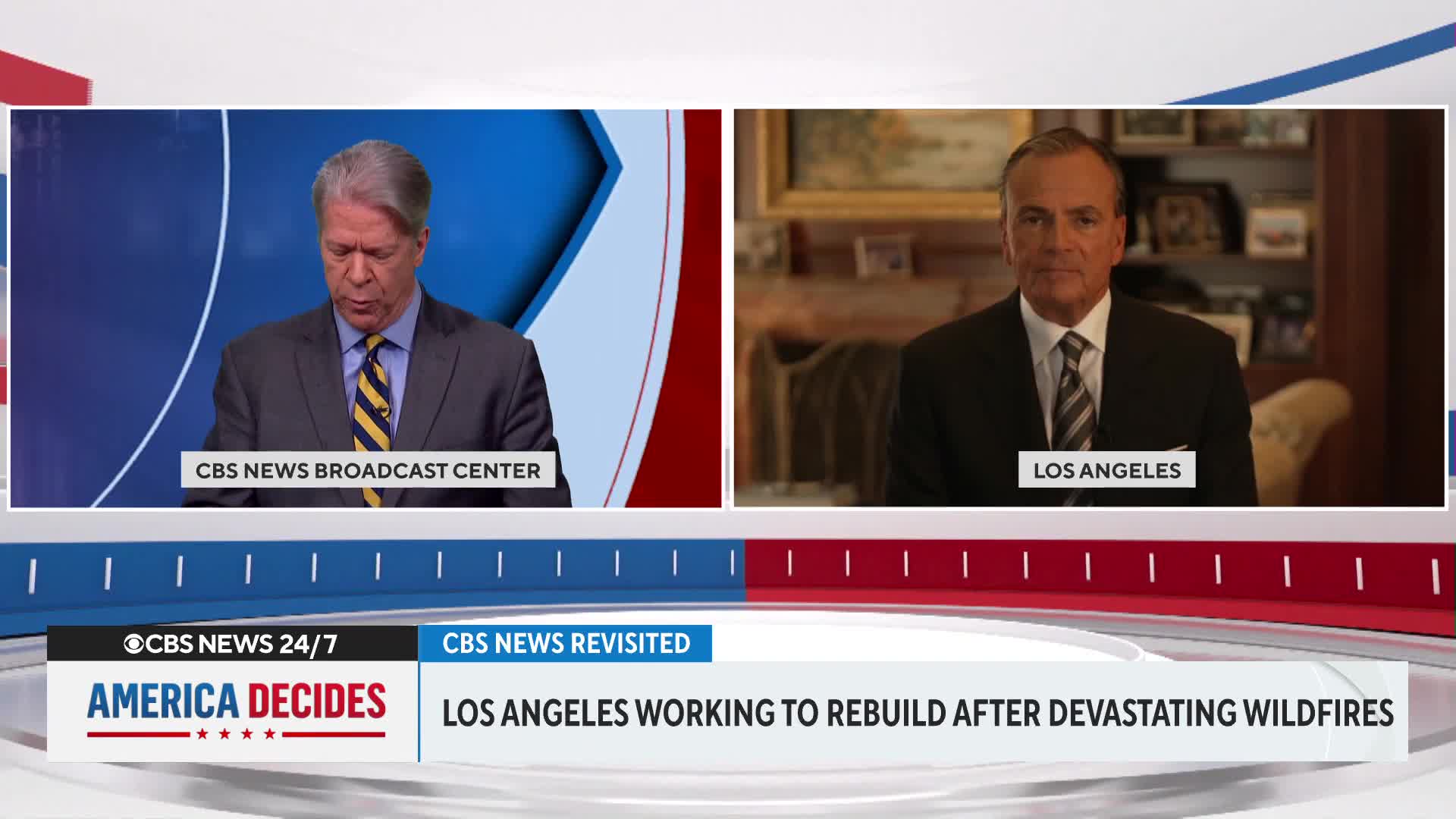Urban Planning
What are the effects of congestion pricing in New York City and why does the state want to fight its termination?
Congestion pricing in New York City has shown significant positive results according to state officials. The program has effectively reduced traffic congestion in Manhattan, making it easier for people to navigate around the city. Beyond improved traffic flow, the initiative has also successfully generated revenue for mass transit systems, with transit coffers being filled through the collected surcharges. These benefits explain why the state plans to fight the Department of Transportation's decision to terminate the program, as officials believe the evidence demonstrates the policy is working as intended.
Watch clip answer (00:14m)What is the current status of New York City's congestion pricing plan?
The Department of Transportation is terminating New York City's congestion pricing plan, which was designed to charge drivers entering central Manhattan. This plan aimed to reduce traffic congestion while generating revenue for public transit improvements throughout the city. The termination is likely to be welcomed by suburban commuters who opposed the additional fees, but has raised concerns among state officials who believed the plan would effectively decrease congestion and provide crucial transit funding. State authorities may be preparing legal action to challenge this decision and defend the program's anticipated benefits.
Watch clip answer (00:17m)How is Rick Caruso planning to accelerate the rebuilding efforts in Los Angeles after the wildfires?
Rick Caruso acknowledges the widespread frustration of people who have lost homes and livelihoods due to wildfires, emphasizing the urgent need to expedite recovery actions. What makes him optimistic is the collaboration of talented experts from Los Angeles and across the country who have committed their time and skills to the nonprofit initiative with a single focus: rebuilding communities safely and quickly in Altadena and the Palisades. Caruso believes that by bringing together these resources, they can "bend the curve" and shorten the timeframe for people to return to their homes, though he acknowledges the process will still take time.
Watch clip answer (00:49m)What approach does Secretary Rubio recommend for low-income housing development after wildfires?
Secretary Rubio advocates for incentivizing rather than mandating low-income housing development in communities recovering from wildfires. He recommends offering density bonuses to developers who choose to build affordable housing, creating a positive motivation rather than imposing requirements on people who have lost their homes and communities. Rubio argues that mandates would create more problems, including community tension and delays in rebuilding. By implementing incentive-based approaches, communities can encourage the development of needed housing while maintaining a smoother, faster recovery process that respects the challenges faced by affected residents.
Watch clip answer (00:31m)Why did Singapore ban chewing gum?
Singapore banned chewing gum because people were placing it on train doors, which disrupted the entire country's train system. As Singapore is extremely small, they need to take extra care to keep the country clean and maintain efficient public transportation. The penalties for violating this ban are severe. If caught chewing gum in Singapore, first-time offenders face fines between $500 and $1000. For those selling gum, the consequences are much harsher - fines ranging from $10,000 to $100,000 and potential imprisonment for up to two years.
Watch clip answer (00:23m)How is bamboo contributing to building a more sustainable future?
Bamboo is emerging as a key natural resource in the global search for greener solutions. It is demonstrating that nature holds the answers to creating a stronger and more sustainable future for construction and development. The material has been successfully implemented in major projects like the Hong Kong Zhuai Macao bridge with bamboo composite panels and India's bamboo crash barriers, showcasing its exceptional durability and environmental benefits. With superior strength properties and recyclability, bamboo represents a transformative alternative to traditional materials in combating climate change and advancing sustainable urban development.
Watch clip answer (00:20m)



